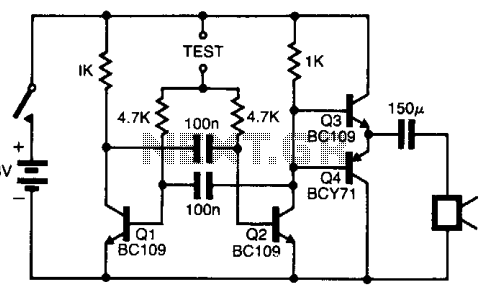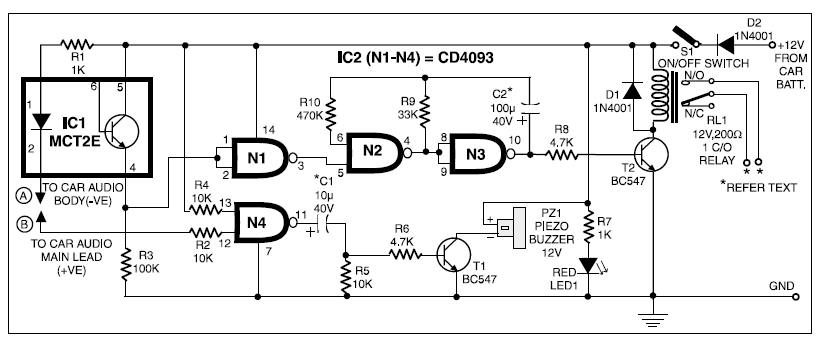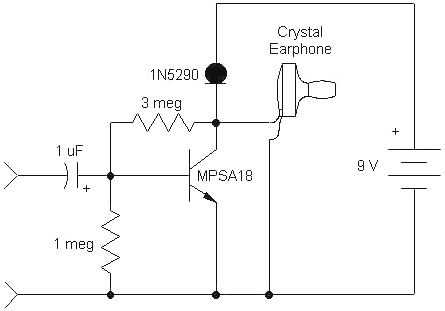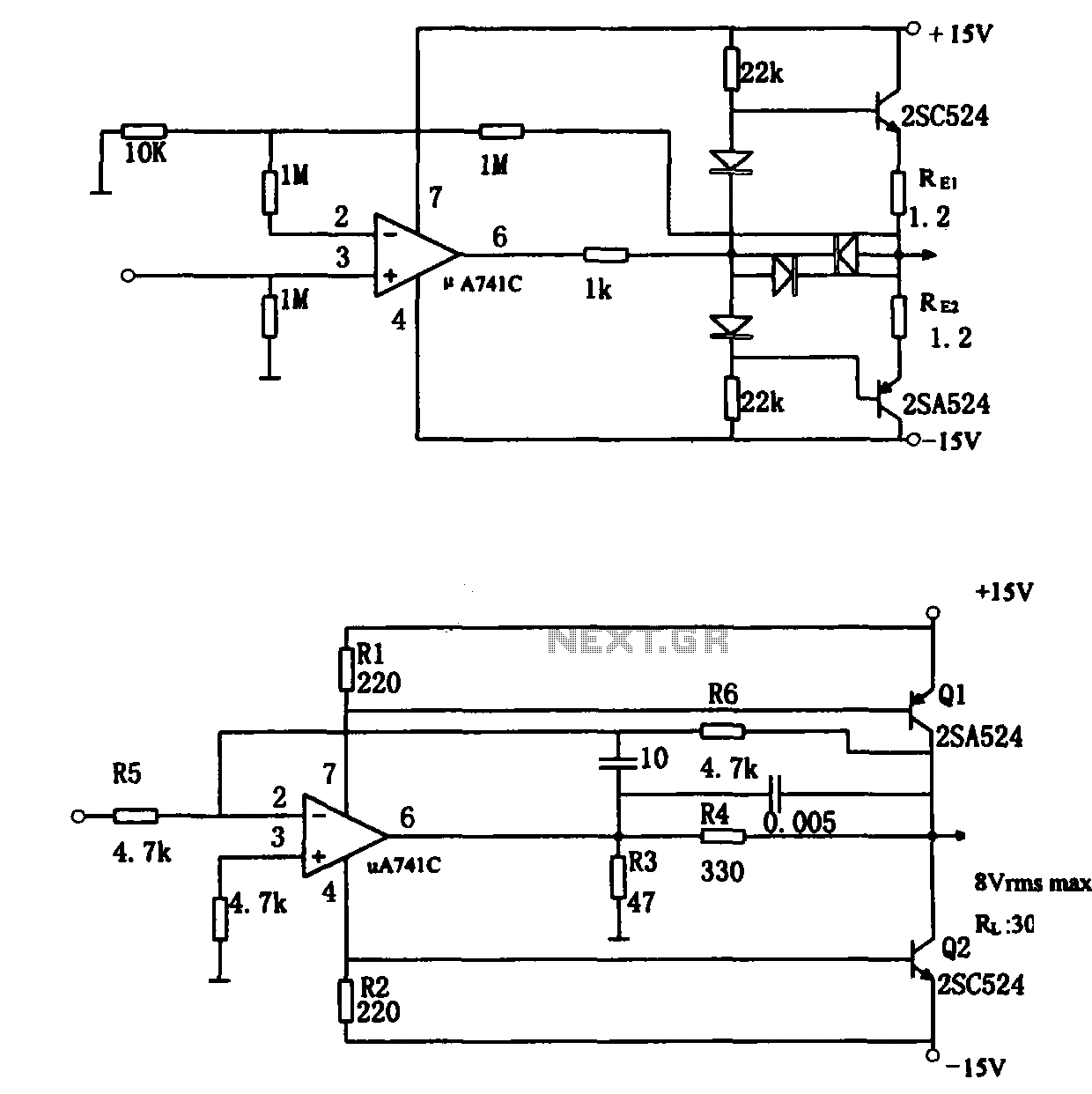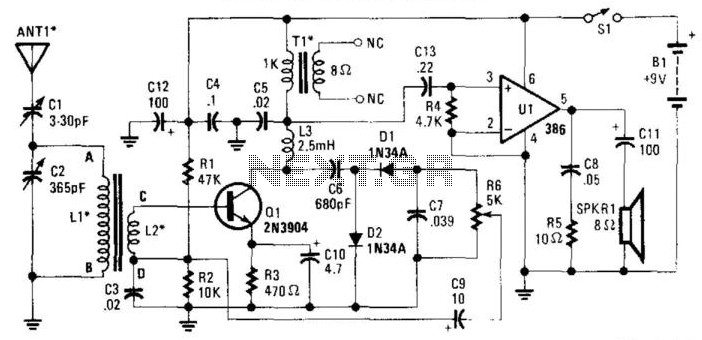
DIY Test Equipment for Audio and Ham Radio Enthusiasts
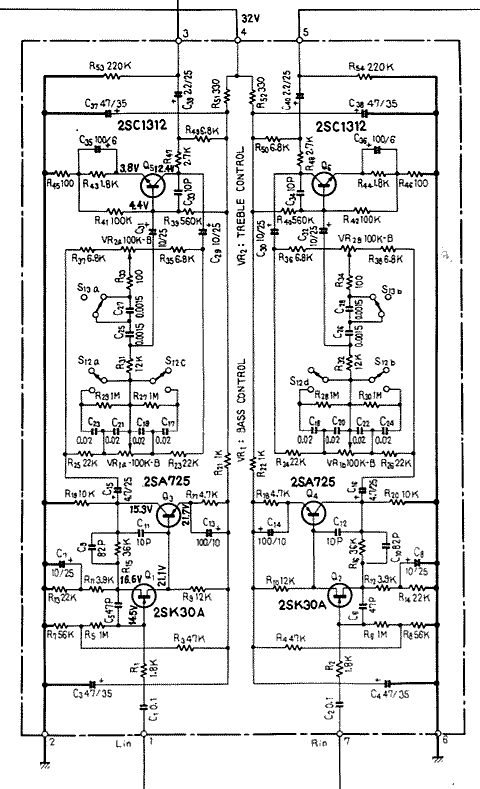
This compact device serves as a replacement for the input transistors and related circuitry on a single TO-220 style package. A decision was made to substitute the original driver board with a newly fabricated printed circuit board (PCB) designed by a PCB manufacturer.
The described device is engineered to enhance the performance and reliability of the input stage in a circuit utilizing a TO-220 package, which is commonly used for power transistors and other high-power components. The new PCB is designed to accommodate improved driver circuitry that may include components such as operational amplifiers, resistors, and capacitors, which are essential for optimal signal conditioning and amplification.
The replacement process involves careful removal of the original driver board, ensuring that the connections to the TO-220 package are preserved. The new PCB should be designed with a layout that minimizes parasitic inductance and capacitance, enhancing the overall performance of the device. Key considerations in the design include thermal management, as the TO-220 package is often used in high-power applications that generate significant heat. Adequate heat sinking and thermal vias may be incorporated into the PCB design to ensure efficient heat dissipation.
Furthermore, the new driver board may feature improved trace routing for power and signal lines, reducing the likelihood of electromagnetic interference (EMI) and enhancing the integrity of the signals being processed. The use of high-quality components on the new PCB can lead to improved reliability and longevity of the device, making it suitable for various applications in power electronics, audio amplification, and other fields requiring robust performance.
In summary, this compact device represents a significant upgrade over the original design, providing enhanced functionality and reliability through the implementation of a custom-designed printed circuit board tailored to the specific needs of the application.This neat device replaces the input transistors and associated circuitry on one TO-220 style device. I had some driver boards made by my printed circuit house and decided that replacing the original driver board with the new PCB. 🔗 External reference
The described device is engineered to enhance the performance and reliability of the input stage in a circuit utilizing a TO-220 package, which is commonly used for power transistors and other high-power components. The new PCB is designed to accommodate improved driver circuitry that may include components such as operational amplifiers, resistors, and capacitors, which are essential for optimal signal conditioning and amplification.
The replacement process involves careful removal of the original driver board, ensuring that the connections to the TO-220 package are preserved. The new PCB should be designed with a layout that minimizes parasitic inductance and capacitance, enhancing the overall performance of the device. Key considerations in the design include thermal management, as the TO-220 package is often used in high-power applications that generate significant heat. Adequate heat sinking and thermal vias may be incorporated into the PCB design to ensure efficient heat dissipation.
Furthermore, the new driver board may feature improved trace routing for power and signal lines, reducing the likelihood of electromagnetic interference (EMI) and enhancing the integrity of the signals being processed. The use of high-quality components on the new PCB can lead to improved reliability and longevity of the device, making it suitable for various applications in power electronics, audio amplification, and other fields requiring robust performance.
In summary, this compact device represents a significant upgrade over the original design, providing enhanced functionality and reliability through the implementation of a custom-designed printed circuit board tailored to the specific needs of the application.This neat device replaces the input transistors and associated circuitry on one TO-220 style device. I had some driver boards made by my printed circuit house and decided that replacing the original driver board with the new PCB. 🔗 External reference

